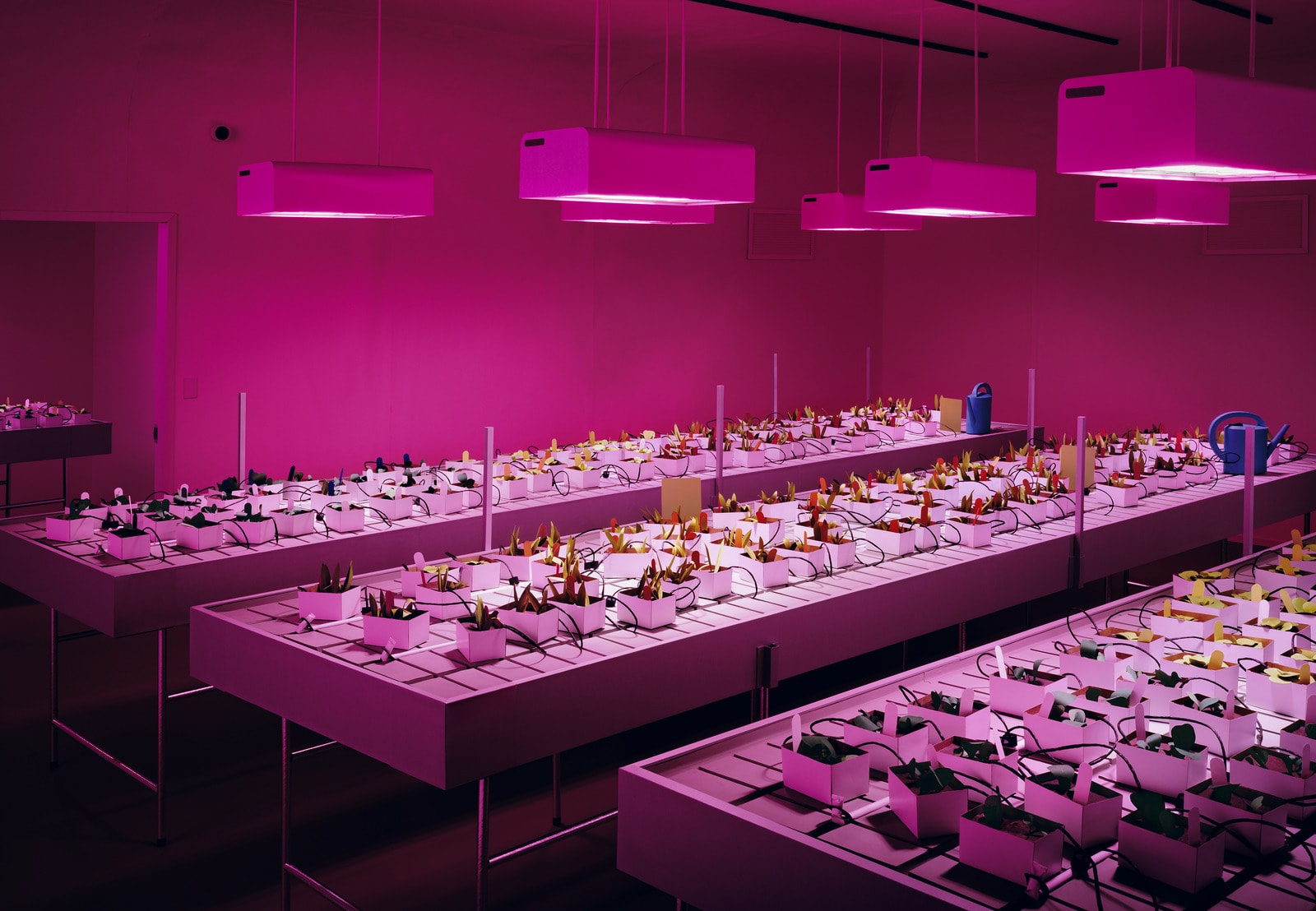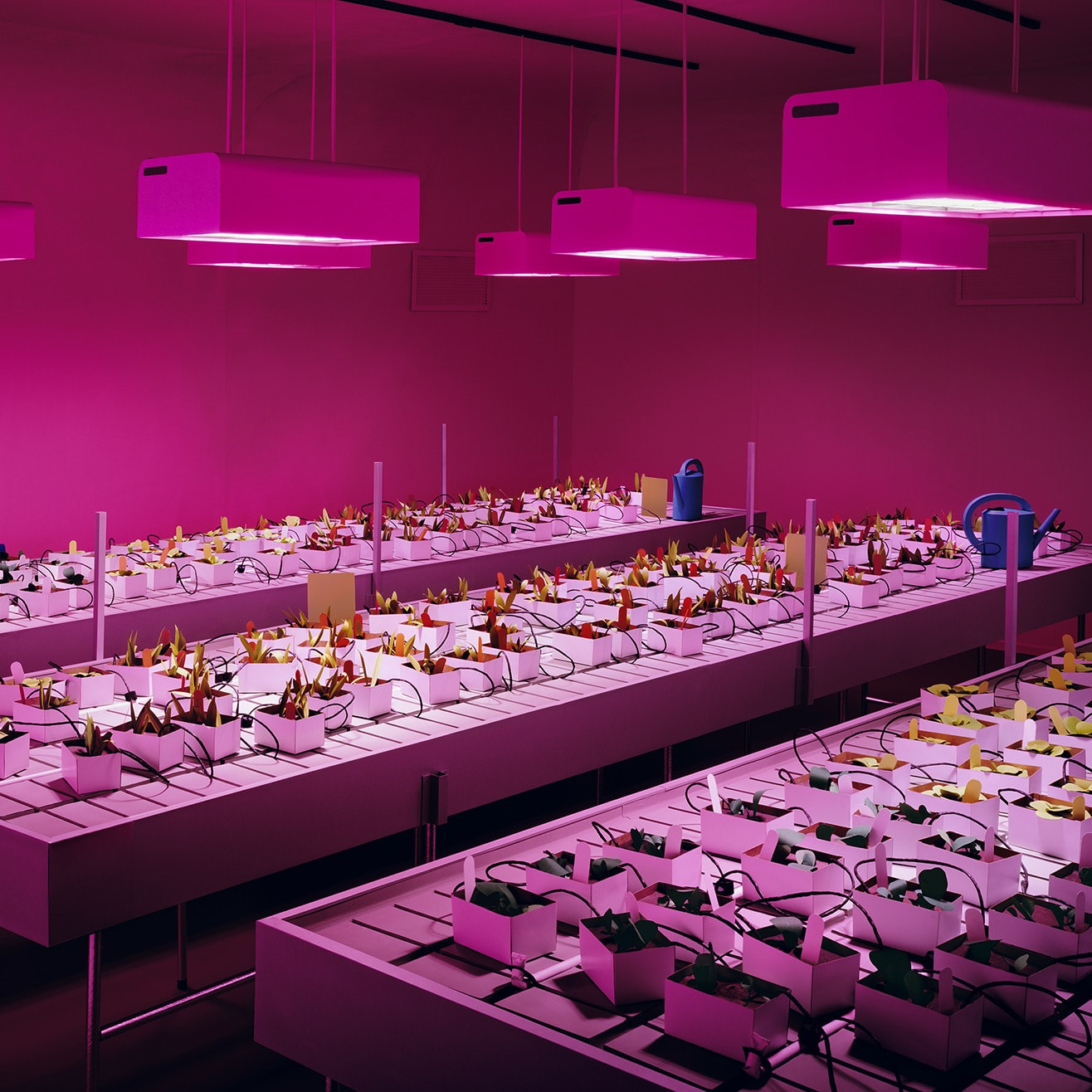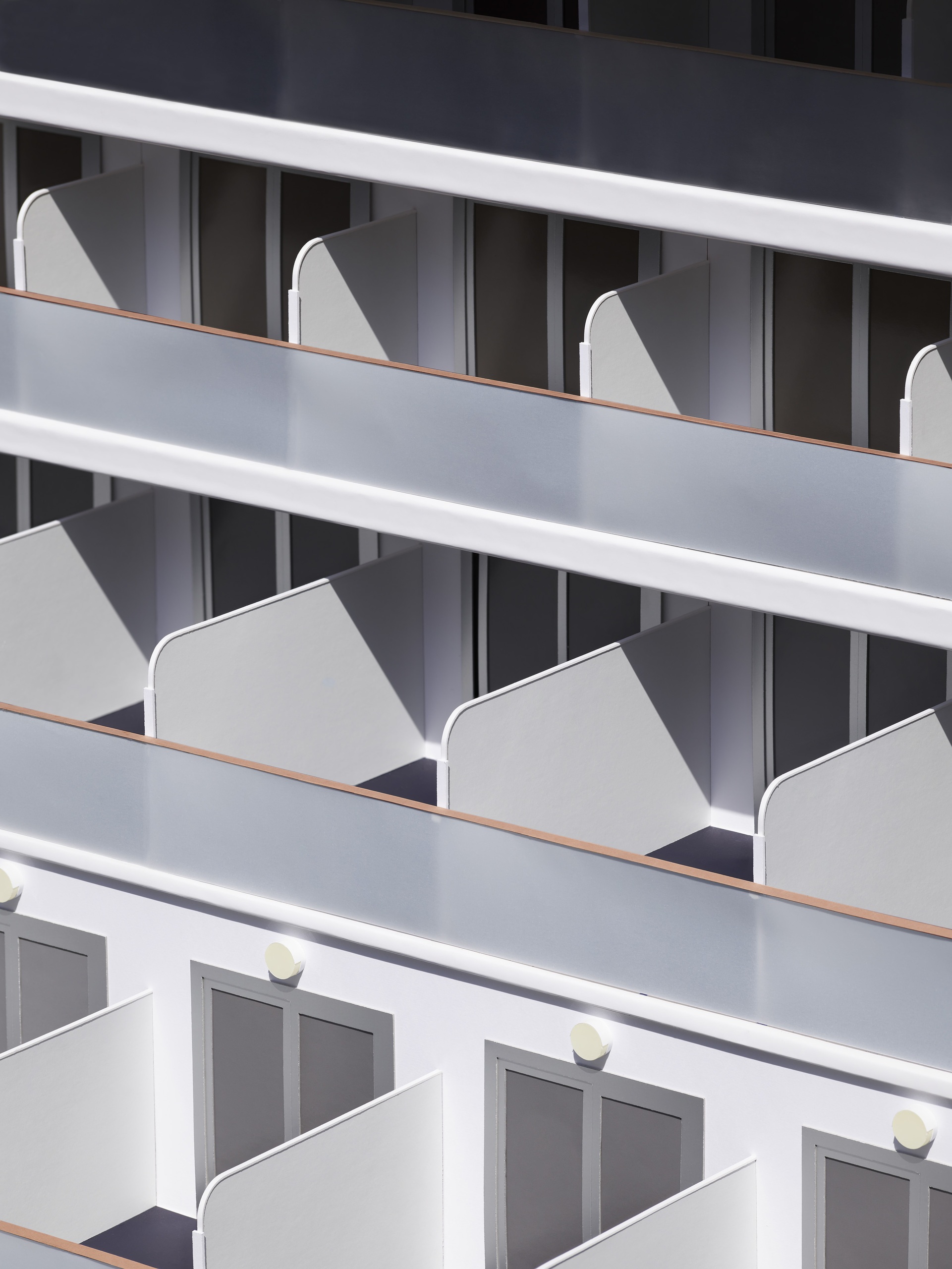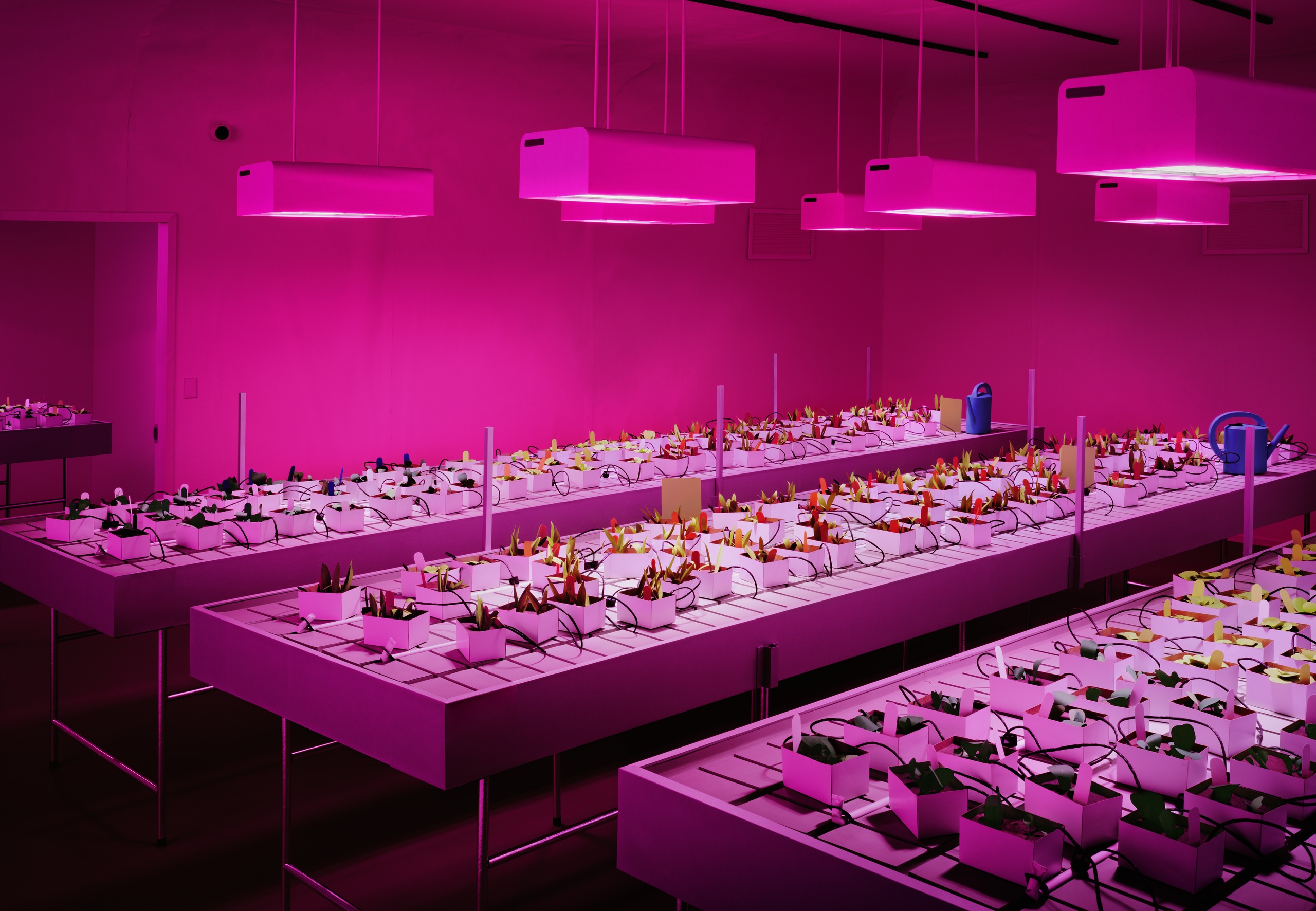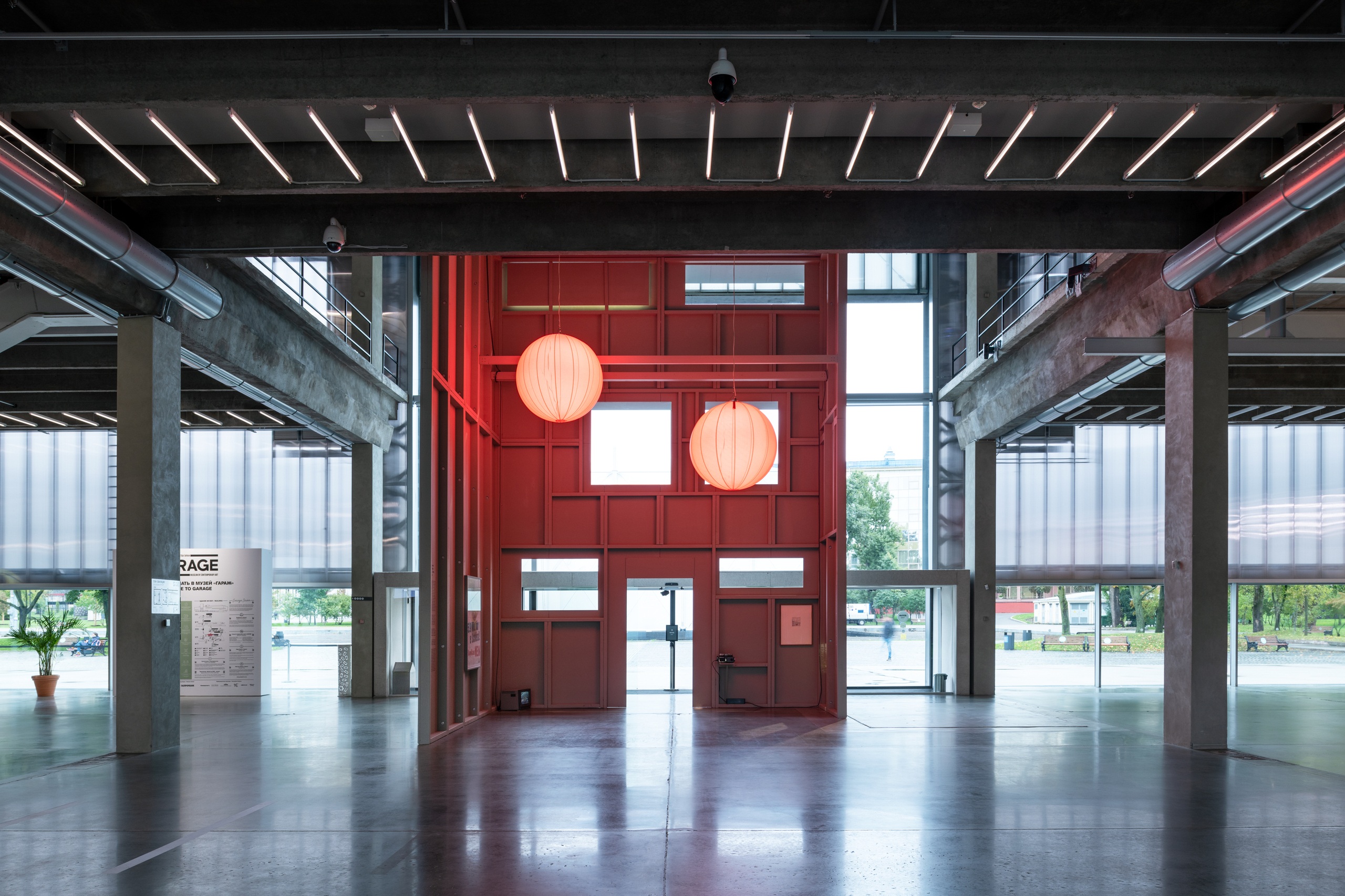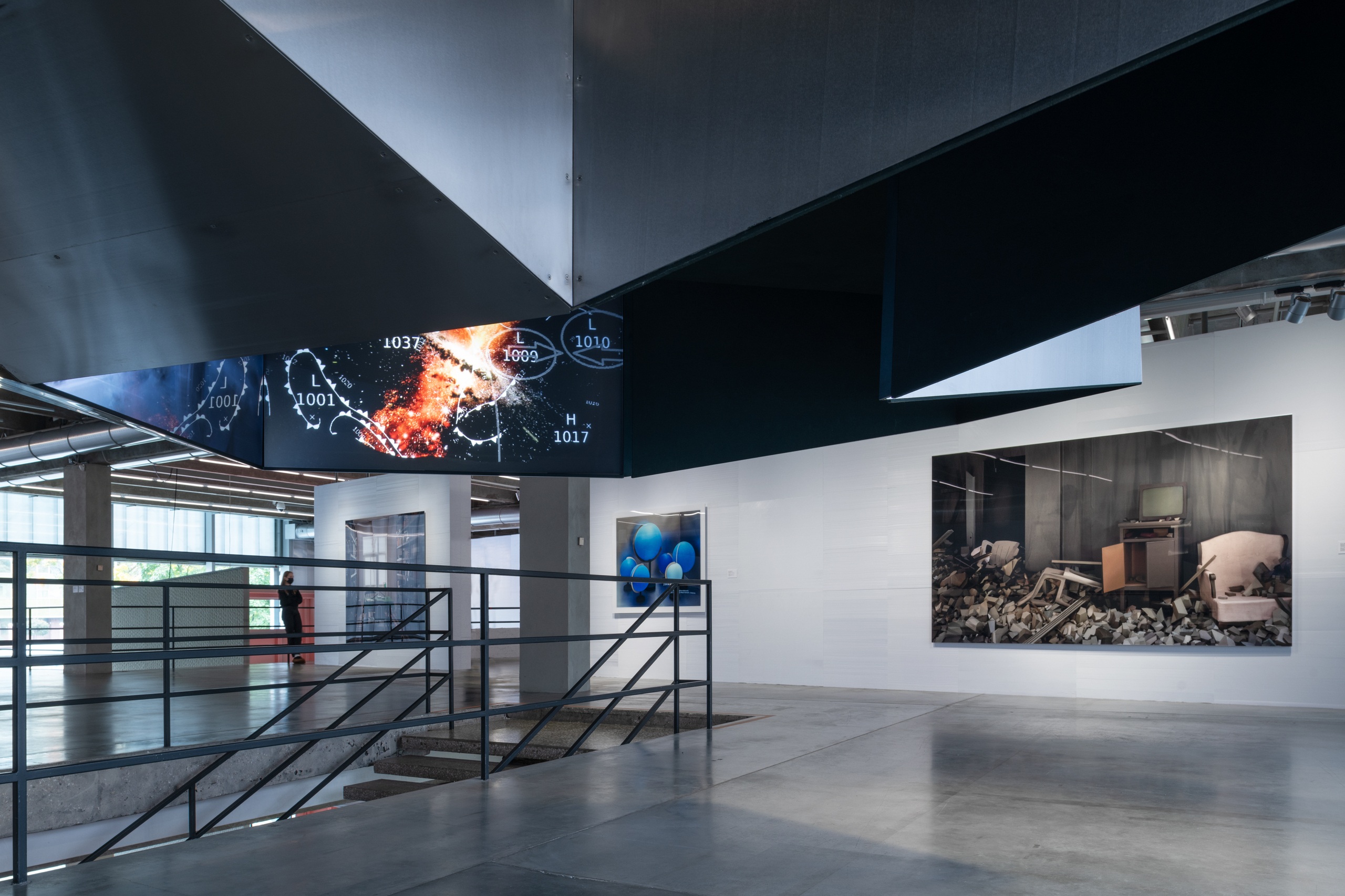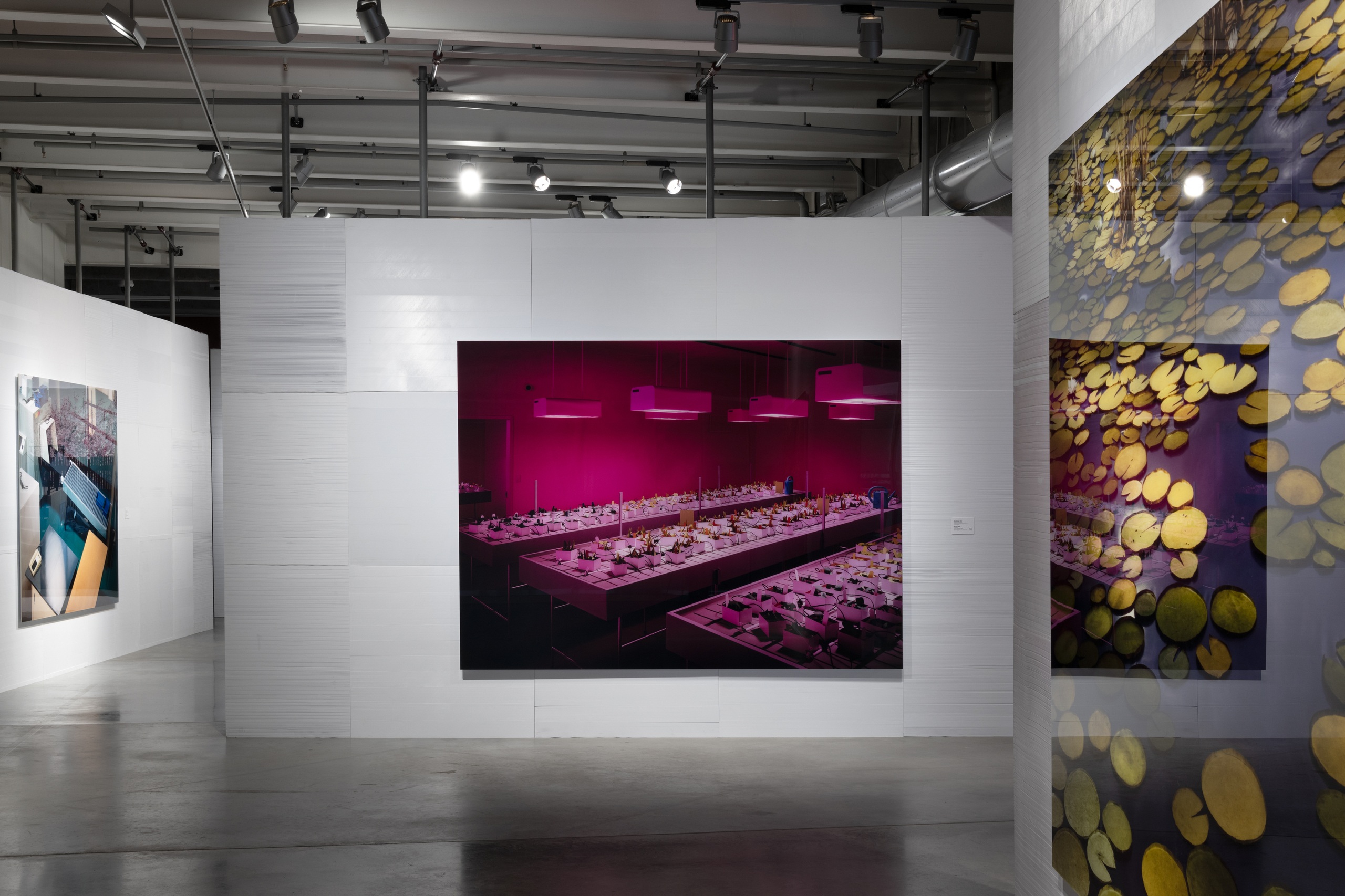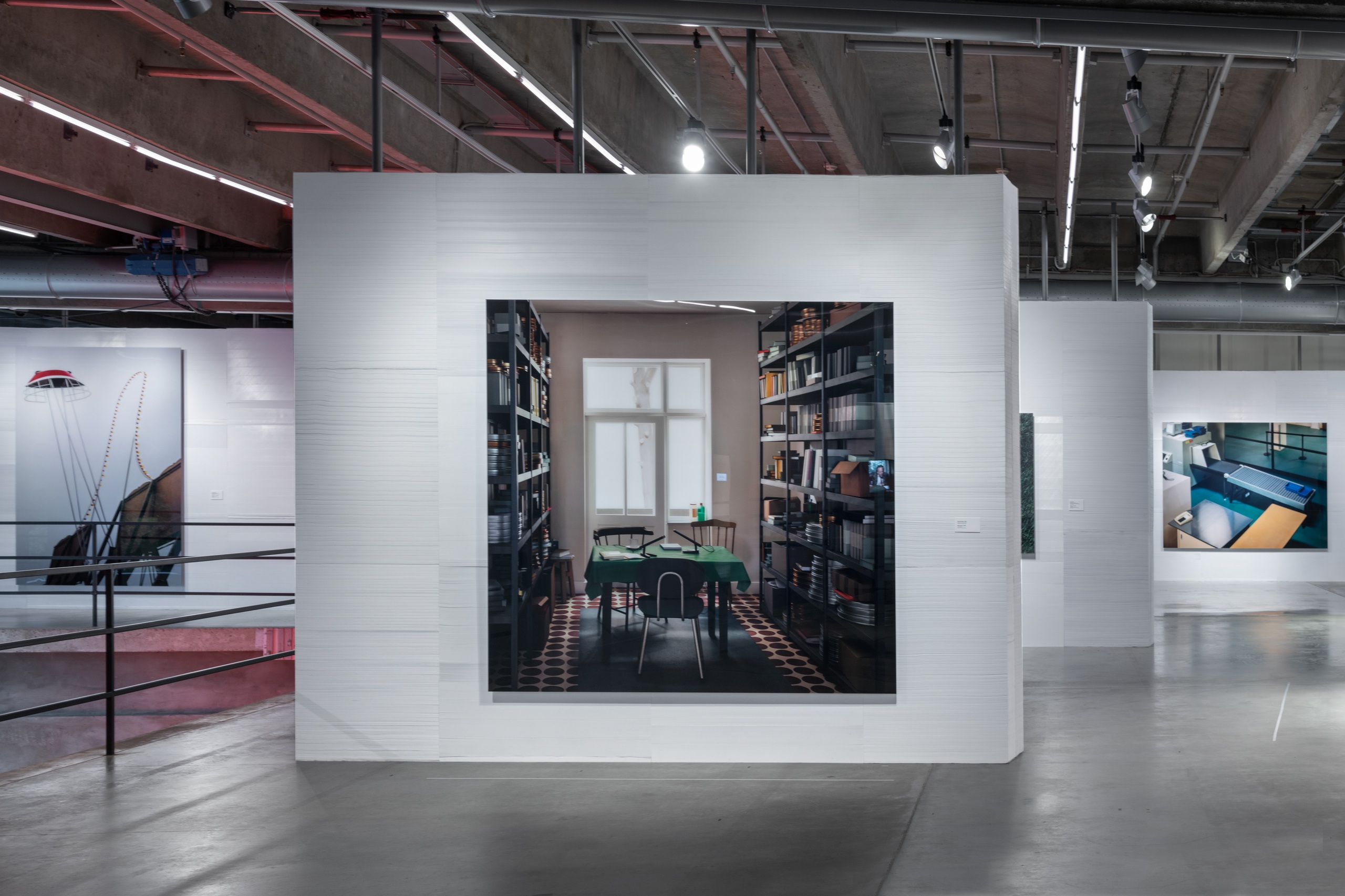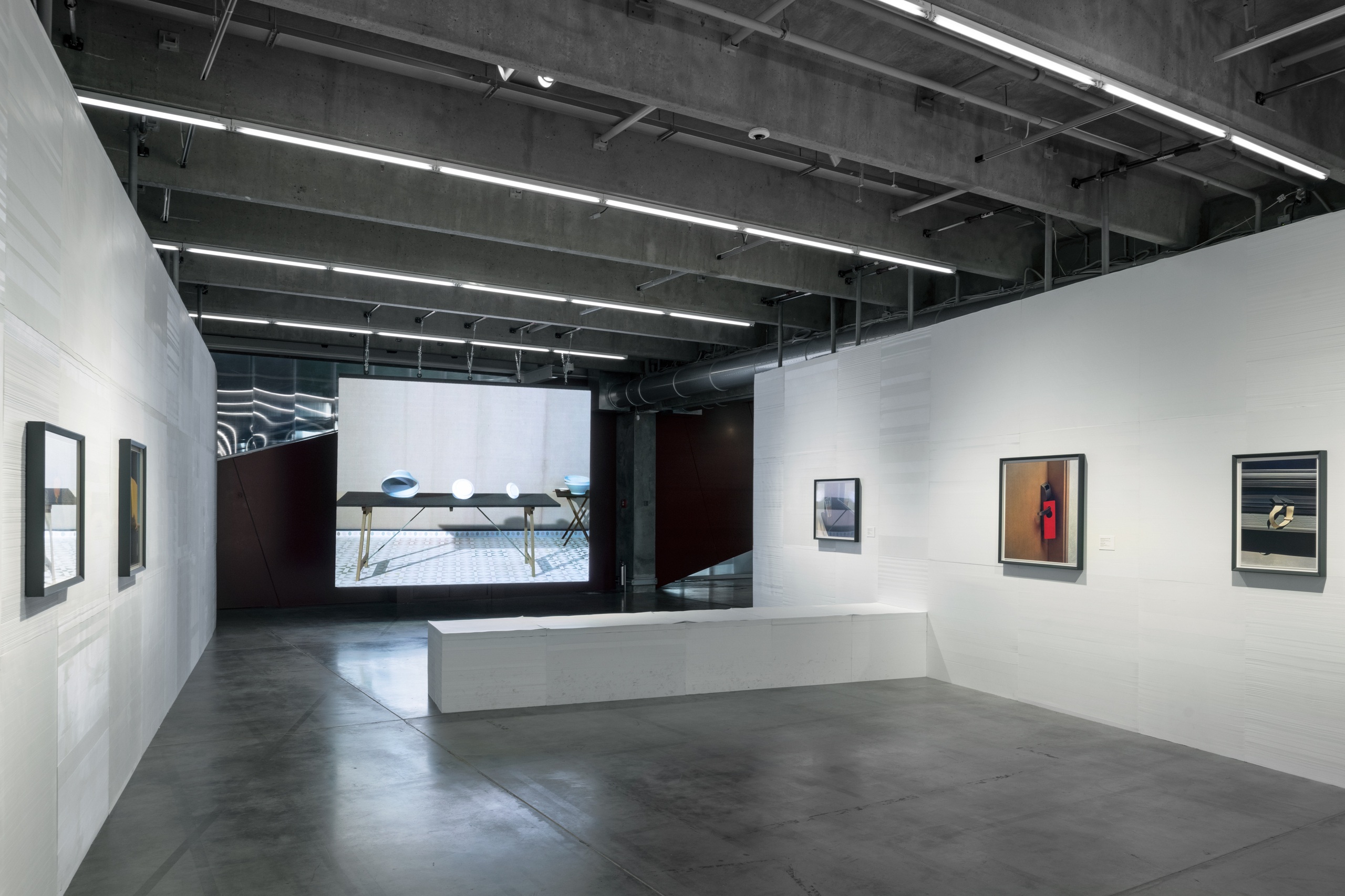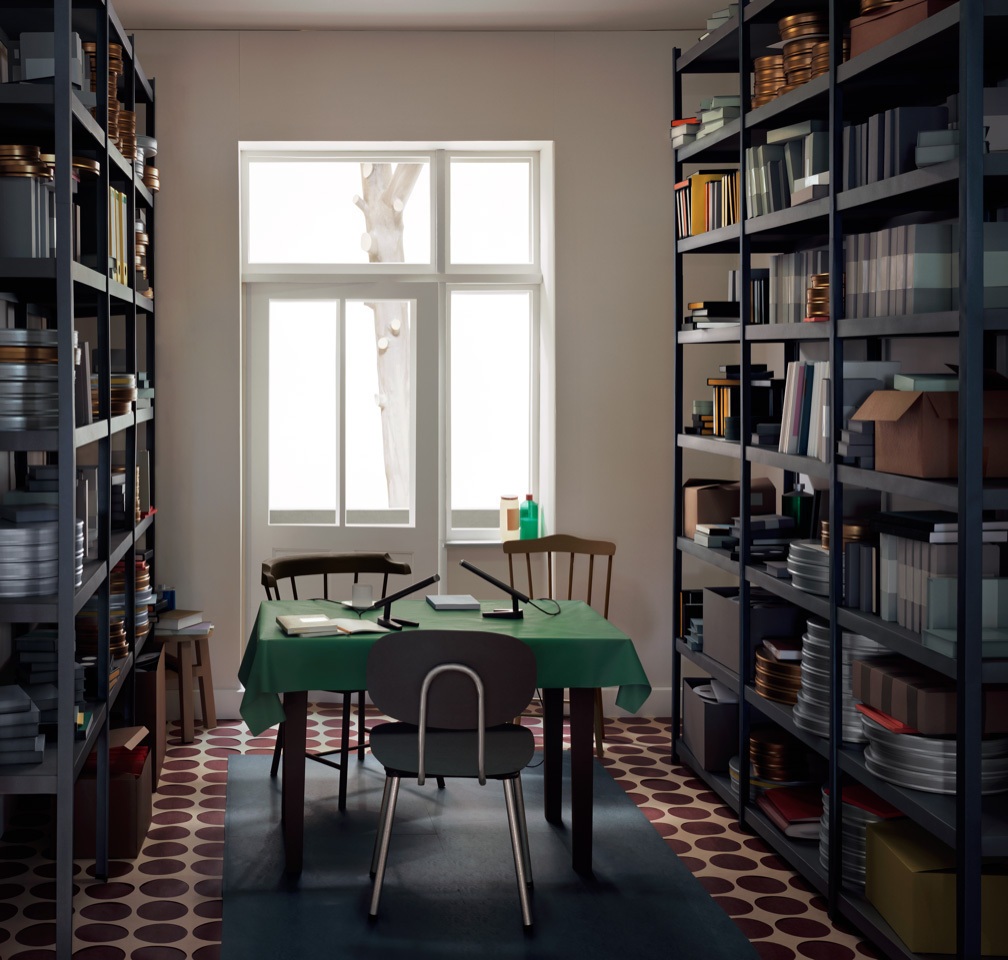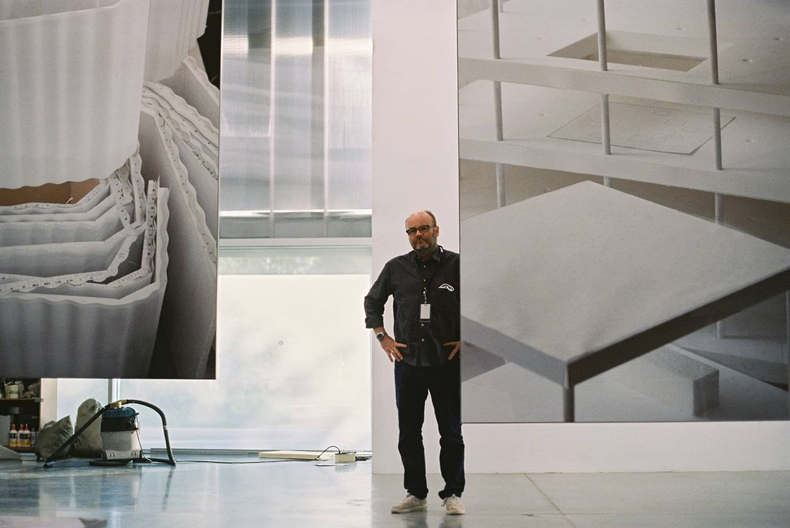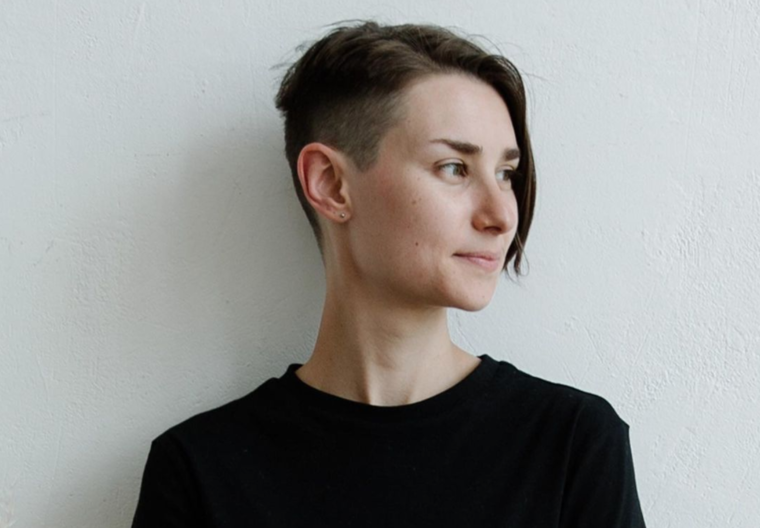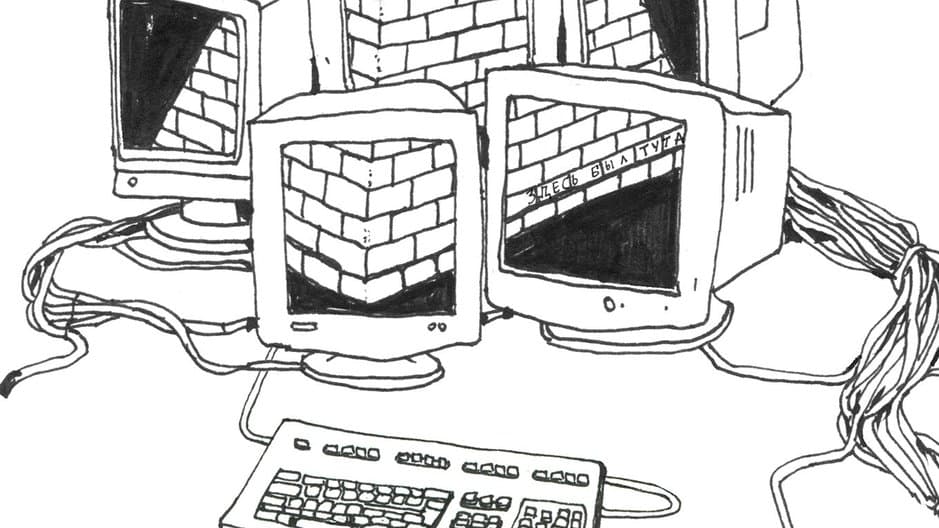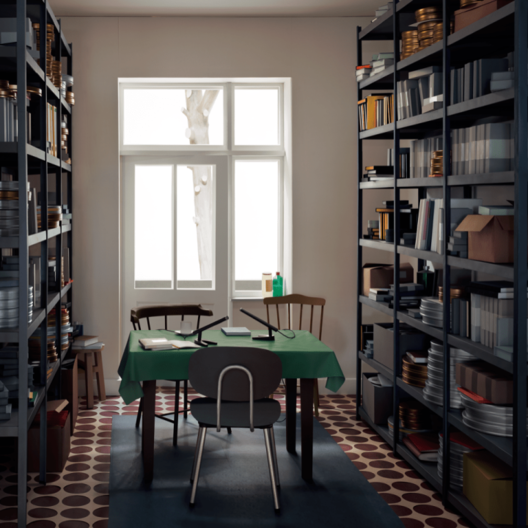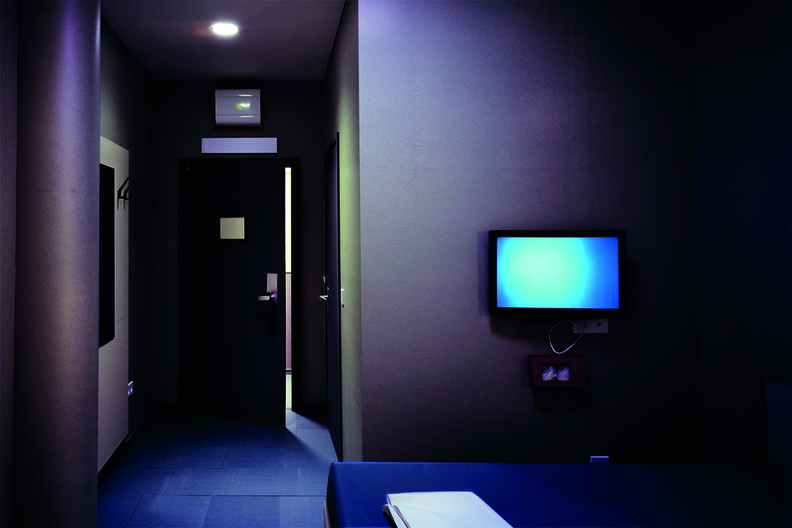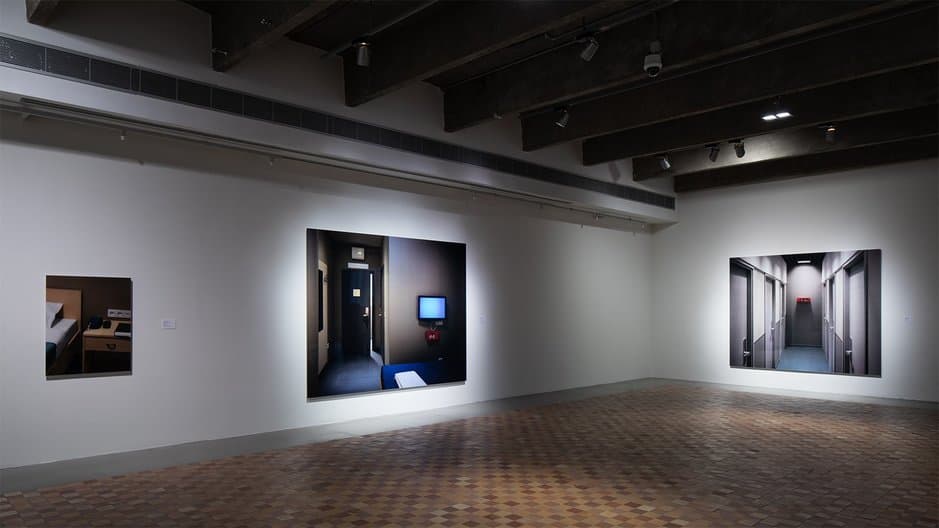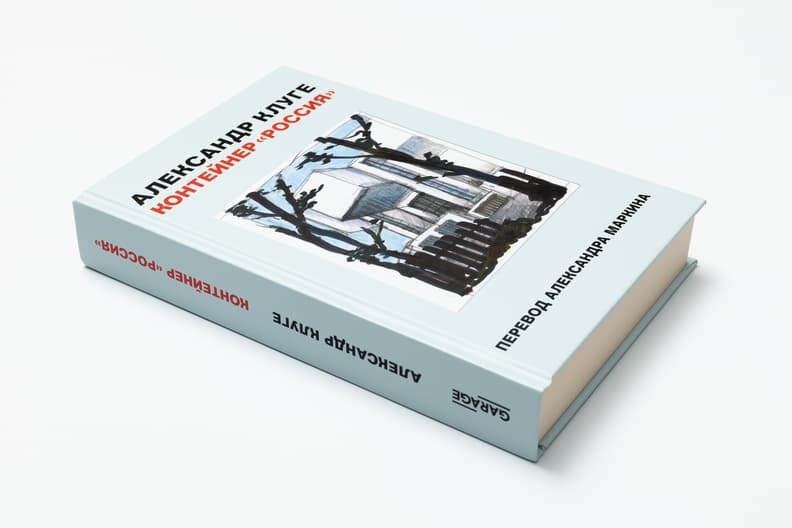The main part of the exhibition brings together works from the period 1991–2021. The last series was made especially for Garage and examines the story of Edward Snowden. Accordingly, Demand’s exhibition is a complex systemic reflection not only of subjects selected in collaboration with the architects and Alexander Kluge but also of reality itself and our ideas about it, which are regulated today by unreliable memory, general conventions regarding events of one kind or another, and subjective experiences.
Thomas Demand’s artistic practice centers around the image as such, its nature, methods of creation/construction, and the mechanics of the viewer’s perception. When we look at his photographs, what do we actually see? How much do the photographed paper and cardboard models relate to sensory or historical reality? Do we see some kind of «thought forms, ” mental constructs or living situations when we look at shards of porcelain in a museum, hotel rooms, a fairground ride frozen at the highest point, a landing gate or an empty Bonn parliament?
Demand’s works live in a constant flicker between the event and its image, a flicker that noticeably corrects our perception of time. There are never people or visible action in his shots, and it is often problematic for us to correlate a picture with an event, a point on the timeline. Placed next to each other, the objects seem to launch their own autonomous narrative, making us automatically ask ourselves why this particular bathroom is in the picture when it looks like any other three-star-hotel bathroom. What is so special about it, what happened here and when? Where should we look for relief from anxiety and vague recognition? United by this search we wander through the exhibition, trying to construct the missing pieces of reality. For this reason, some works are provided with commentaries that aim to trigger mnemonic mechanisms and define the viewer’s relationships with a certain event or its image, to trace the paths our cognitive activity follows. Like looking at yourself in a mirror.
Demand’s works fundamentally do not line up into a sequential narrative; they remain single, fragmented, splintered. French philosopher Jacques Rancière accurately describes them as «mirrors» reflecting emptiness (and this is yet another way of decoding the mirror metaphor in the title of the exhibition). Fragments can only withstand «elective affinity, ” referencing not only the title of Goethe’s novel, but to the eighteenth-century chemical term that denotes the ability of chemicals to combine with other substances or their compounds, choosing some over others. Informed by the principle of «elective affinity, ” Demand’s works also live within the exhibition as essentially autonomous units that assemble into formal or substantive syncopations.
The various combinations of the exhibition become part of a lengthy (and intuitive on the part of the artist) process of seeking, selecting, constructing/cutting and photographing objects, imparting a specific sense of temporariness that merges with other «temporarinesses»: our unreliable memory, the washing out of pictures from the first pages of search engines and their immersion into an endless digital archive of images «on demand.»
Curator: Katya Inozemtseva
